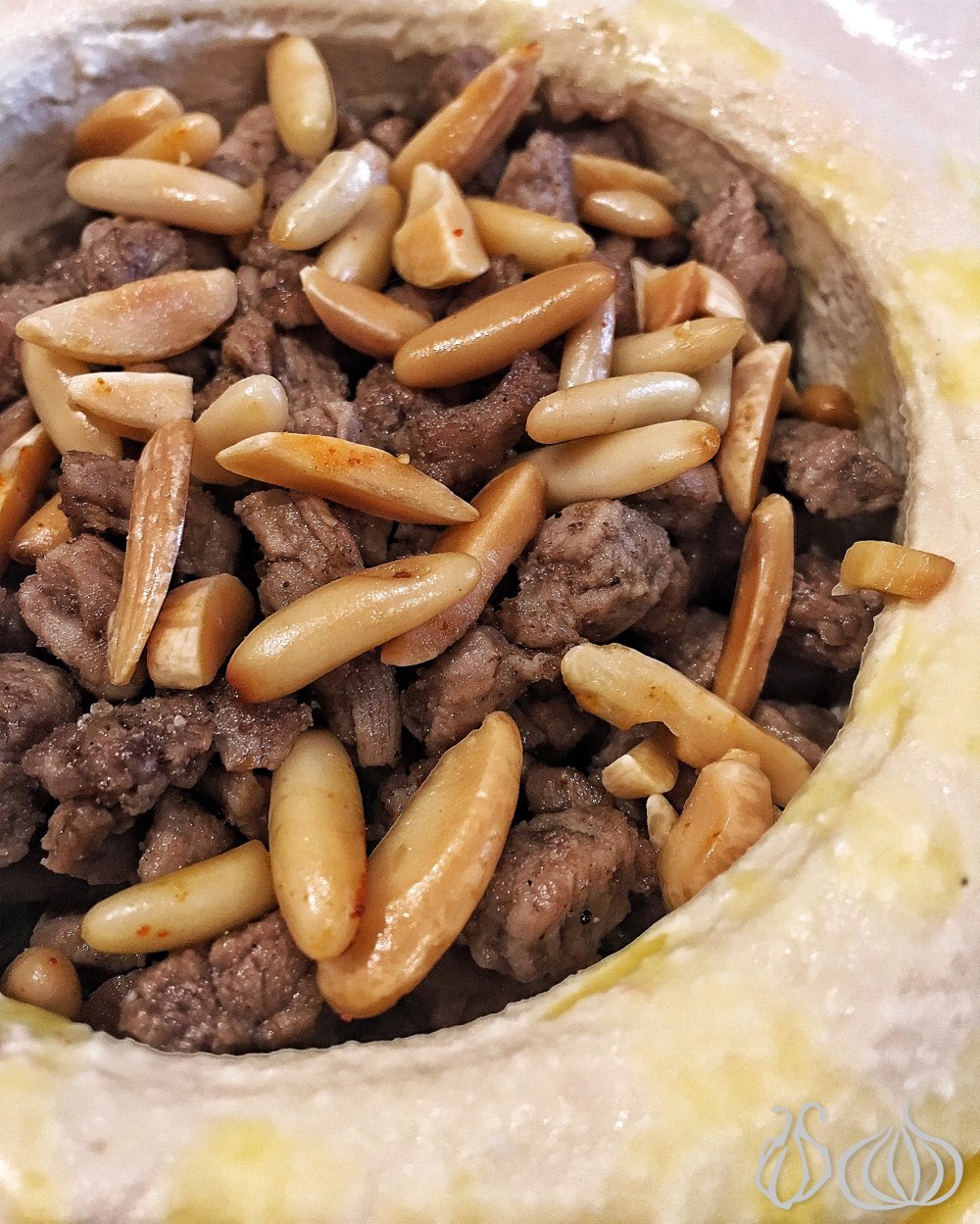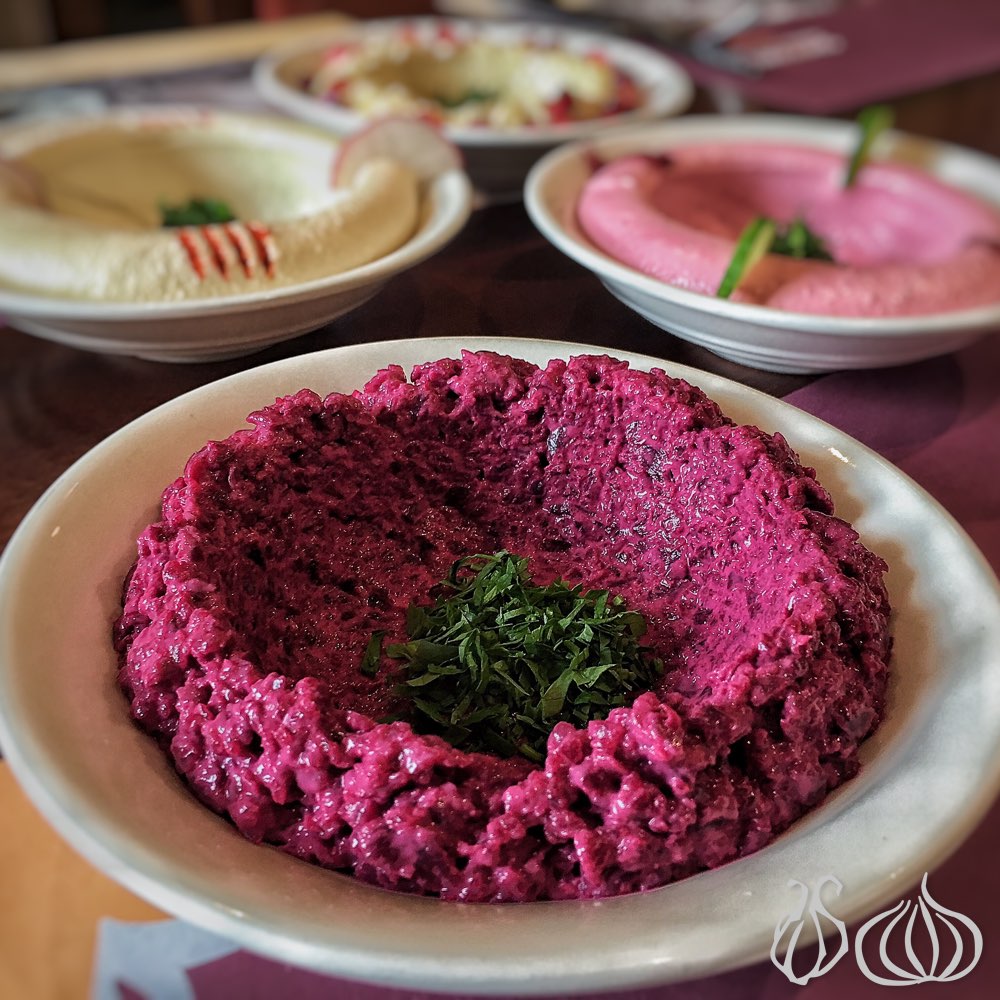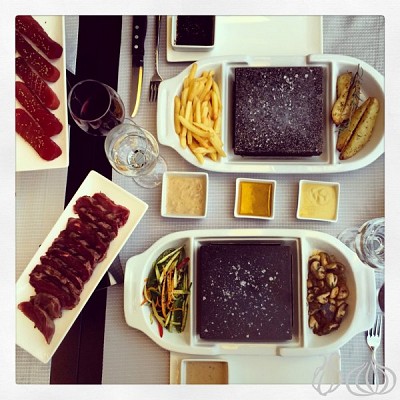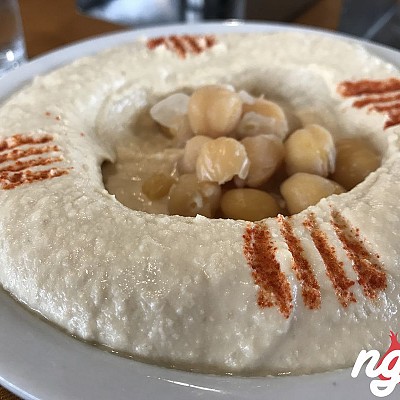As published in QSR magazine in May 2017.
Call it a coincidence, but at the same time consumers have become increasingly health-conscious, there’s also been a noticeable uptick in the number and variety of ethnic fast casuals on the market. Perhaps that’s because many American diners tend to associate “ethnic” with “healthy.”
But what foreign flavors actually are healthy, and what items or ingredients shouldn’t fall under that umbrella? Here’s a quick glance into a few different international regions, as well as a select number of cuisines within them that are especially good for you.
Asia
JAPANESE • Sushi is perhaps the most well-known Japanese dish in America, and is often thought of as healthy thanks to its reliance on seafood and seaweed—a traditional Japanese ingredient packed with iodine, calcium, iron, magnesium, and vitamin C. “We don’t have a lot of iodine sources, and seaweed happens to be an iodine source,” says Libby Mills, registered dietician and spokeswoman for the Academy of Nutrition and Dietetics.
Similar to sushi, rice balls called onigiri are another popular fast food in Japan, thanks to their healthfulness and affordability. At San Francisco–based Onigilly, onigiri is made with 50 percent milled brown rice, a whole grain that’s rich in fiber. It’s then wrapped in seaweed and stuffed with fillings like pickled plum and mustard greens, teriyaki tofu, lotus root, and seafood.
Seaweed salad, protein-rich edamame, and a range of pickled vegetables are also on the menu at Onigilly. Pickling—a form of fermentation where healthy bacteria breaks down cellulose and natural sugars in a product—aids in digestion and promotes good gut health, Mills says.
Though Japanese cuisine incorporates chilies, wasabi, and citrus to flavor food in a healthful way, high-sodium soy sauce often goes hand-in-hand with many of the most common dishes. In addition, monosodium glutamate (MSG)—a flavor enhancer sometimes linked with short-term reactions like headaches, heart palpitations, and chest pain—is still used in many Asian cuisines. However, Mills says it’s becoming increasingly trendy for brands to advertise that they don’t use MSG.
VIETNAMESE • While not as prevalent in the American fast-casual scene as Japanese, Vietnamese cuisine enjoys a similar health halo. Mills says it’s known for bold flavors, an abundance of vegetables, and a limited number of meat-centered dishes.
Boston-based Bon Me serves a number of healthy Asian dishes, including several Vietnamese-inspired items. One of these is the Vietnamese Green Papaya Salad, a traditional dish that combines julienned green papaya—an antioxidant filled with vitamin C—with lime juice, fermented fish sauce, and a spicy chili dressing. Bon Me cofounder Alison Fong says many Vietnamese dressings are lower in fat than those from other cuisines, largely because they’re water-based and include lemon or lime.
Though it’s a seasonal item not served at all locations, Bon Me does offer pho, a bone-based broth that includes rice noodles, herbs, bean sprouts, lime, onion, and typically a protein, such as chicken or beef. Mills says Vietnamese clear-broth soups like pho impart nutrition, while steering clear of added fats from things like coconut milk, an ingredient often used in Thai and other Asian cuisines.
INDIAN • West of Japan and Vietnam, bold flavors, healthy spices, and vegetarian dishes shine in India. Choolaah Indian BBQ brings some of those better-for-you items stateside.
The concept is centered around tandoor ovens, which are giant cylinders with ceramic pots inside that can reach temperatures of up to 600 degrees F. Skewered meats, vegetables, and non-meat proteins are placed in the center, where they’re enveloped by heat. “It sears the outside, locks the juices inside, and the fat drips to the bottom,” says founder and co-CEO Raji Sankar. “It’s one of the healthiest forms of cooking.”
Spices are crucial to Indian cuisine, and Choolaah makes all of its blends in-house. Turmeric, the main spice in curry, acts as an anti-inflammatory and antioxidant. Cardamom is rich in vitamins A and C, calcium, iron, and potassium. The brand also uses a lot of ginger—both as a spice and a fresh juice for its Mint Ginger Lemonade—which is known for its ability to ease digestion, relieve muscle pain and sore throats, and help boost the immune system.
Though meat is common in a number of Indian dishes, it’s also a cuisine that can be both vegetarian- and vegan-friendly, thanks to its use of proteins like lentils, chickpeas, and paneer cheese, a crumbly, non-melting cheese used in South Asian cuisines.
Latin America
PERUVIAN • After the Japanese began to immigrate to Peru in the late 1800s, the two food cultures combined to create Nikkei, which is Japanese-Peruvian cuisine that places an emphasis on fresh fish and traditional Peruvian ingredients such as aji peppers, lime, more than two dozen varieties of corn, and yucca, a Latin American starch similar to a potato.
One of the healthiest and most traditional Peruvian dishes is ceviche, which is made with raw fish, vegetables, peppers, and citrus juice (typically from lime or an Asian citrus fruit called yuzu). “It’s all about the freshness of the fish itself,” says Jaime Torres, executive chef at New York City–based fast casual Latin Beet Kitchen.
While many Peruvian dishes typically use fatty creams, oils, dairy, and wheat, Torres says Latin Beet offers healthier alternatives. Its entire lunch menu is gluten-free, while 80 percent is dairy-free. That’s because it substitutes cow’s milk with alternatives like cashew, almond, or coconut milk. “If you have sauces with substantial amounts of oil or flour or dairy or cream, it’s not so good for you,” Torres says. “So we make variations.”
Mediterranean & The Middle East
GREEK • There’s a reason Greek food is often sited as one of the healthiest cuisines: A majority of its dishes focus on ingredients like olive oil, fruits, vegetables, legumes, whole grains, and seafood.
Though it doesn’t include fish on its menu, Greek fast casual Souvla does prepare its meats in the healthiest way possible. “All of our meats are spit-roasted in-house and prepared very simply,” says founder and CEO Charles Bililies, noting that the brand uses only whole-muscle cuts of meat instead of the “mystery cone meat.” This rotisserie preparation cooks proteins through completely, retaining flavor and juiciness while also rendering out fat.
Each of Souvla’s four sandwiches is available in salad form, tossed in a Greek yogurt–based sauce. Greek yogurt is also frozen as a dessert at Souvla, where it’s topped with ingredients like olive oil and sea salt, sour cherry syrup, and wildflower honey.
“That becomes a nice conduit for getting some of those microbes we need for a healthy gut,” Mills says.
Other traditional Greek items on the Souvla menu include an egg-lemon soup known as avgolemono—made with chicken stock, whole eggs, lemon juice, and rice—and Greek Iced Tea. The popular beverage is brewed from the sideritis (or ironwort) leaf, purported to ease digestion, boost the immune system, and fight colds.

LEBANESE • This centuries-old cuisine is packed with a long list of ancient, healthy ingredients. One that’s gaining in popularity in the U.S. is freekeh, a whole-wheat grain that’s low in fat; high in protein, fiber, iron, calcium, and zinc; and known for keeping blood sugar levels in check. Lentils—a good source of fiber, manganese, iron, and protein—and chickpeas are other staples of Lebanese cuisine. The latter are used to make hummus, which can lower cholesterol.
New York fast casual Semsom serves a number of healthy spreads in addition to hummus, including a sweet and sour eggplant dip that’s low in calories and fat, as well as labne, a thick, strained yogurt spread that’s low in sugar and a good source of protein and vitamins. Tabbouleh—often served as a salad or side dish—combines parsley, lemon, bulgar, tomato, mint, and olive oil. “At home, we call it your vitamin C shot,” says Semsom cofounder Carine Assouad.
Although it’s not known as a spicy cuisine, Lebanese food incorporates spices to enhance the taste without fat or salt. Turmeric flavors proteins, rice, and even desserts, while sumac—a tangy spice unique to Lebanese cuisine that’s known for its antioxidant and anti-inflammatory properties—is used in hummus and vinaigrettes.
“It’s very basic food in the sense that it’s not 100 ingredients and it’s not overloaded with flavors,” Assouad says.
This story originally appeared in QSR's May 2017 issue with the title "Far from Unhealthy."






































